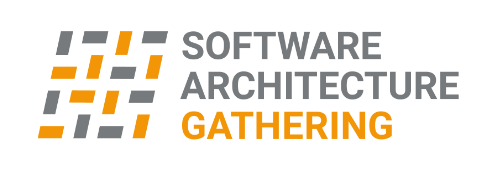Performing Clean and Evolutionary Architecture: How to Achieve Simplicity and Beautifulness.
by Holger Tiemeyer
In this workshop, we want to learn together how the clean architecture approach helps us to develop and maintain a stable and evolutionary architecture under frequently changing requirements. Changes to requirements can occur both in the business problem space and in the technical solution space (e.g. changes to the framework conditions).
The movements around clean and evolutionary architectures in particular promise to compensate for changes to our system architecture as efficiently as possible. They keep the software architecture open and maintainable in its iterative and incremental development.
Using a practice-oriented example, we want to go through this iterative and incremental development approach together in this hands-on workshop.
Starting with model development, the consideration of use cases and the development of business rules, the design of interface adapters through to the selection of frameworks and demarcation aspects, we will learn how we can keep our software architecture as flexible and changeable as possible.
Fitness functions are used as a basis for measuring the different architectural characteristics. These help us to monitor the risk of degradation of our architecture.
The aim of the workshop is to make individual, theoretical aspects of the clean architecture approaches – in particular the dependency rule – tangible and to learn how we can keep the individual building blocks of our architecture interchangeable and maintainable. Something that is easy to understand, measurable and maintainable can be changed efficiently.
In this workshop, we will learn how we can implement this practically in our day-to-day project work.
